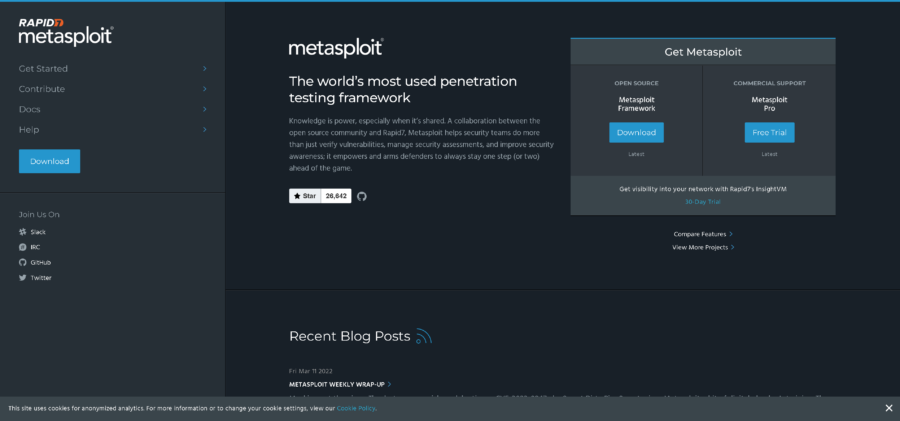Sponsored by CloudMGR
The benefits of consolidating your cloud to one of the giants such as AWS, Microsoft Azure, and Google Cloud are improving as competition increases, with pricing wars between the service providers meaning better savings for businesses utilizing these services, and an abundance of features at user fingertips as each vendor works to one-up their challengers. Many consider Amazon the clear leader with nearly ten years in the market, followed closely by Azure, but frankly, just about all of these providers are working hard to foster their own success, and that means substantial advantages for their users.
Prices continue to drop, though at a lesser rate than years gone by, and leaders are likely to focus on total cost of ownership in the future. However, what was the cheaper service last week could be undercut this week so while it’s important to choose a package that’s cost effective for your organization, in the cloud provider wars costing isn’t likely to be a defining characteristic. Though generally offering similar capabilities with regards to networking, computing, and storage, there are a few distinguishing factors that separate providers.
The extensive AWS offering linked with their flexibility and openness is a definite plus though the sheer scale of the AWS offering can be difficult to navigate. Microsoft Azure may be a better choice for hybrid cloud solutions as it links into Microsoft on-premises systems well but where AWS offers a host of options for supporting other platforms, Azure is more constrained. Google has shown promise in performance and networking with their cloud offering, but Patrick McFadin, Chief Evangelist for Apache Cassandra at DataStax, believes their lack of understanding of the enterprise market is holding them back. Moreover, Google’s international data center footprint puts them about two years behind their competitors, though it’s been suggested they will be addressing this deficiency in the future. Tackling the public/private debate, IBM is encouraging a hybrid and private cloud via Bluemix, which appeals to organizations not sold on the public cloud concept.
Whichever platform you choose, it should be understood that every other organization out there is also making the best use of these same tools. And this is why white label solutions are so attractive. White label services allow customers to rebrand and sell cloud provider management tools under their own personal business umbrella, better differentiating their brands while maintaining healthy margins. Forrester analyst Dave Bartoletti has suggested that this needn’t merely be used as a way of distinguishing oneself on the cloud platform itself but instead applied to improve other products and services offered.
CloudMGR’s new line of products for AWS is targeting enterprise clients, Telco’s, managed Service Providers, and distributors with a white label service allowing customers to repackage CloudMGR services as in-house products with their own services included. A highly flexible solution allowing organizations to provide a customized view and experience of AWS service, CloudMGR’s white label solution offers a unique branded billing view for customers or divisions within an organization, and the extended version with also provide full management and automation capabilities. Use cases might include an MSP managing the production servers while the development team operates the development test environment. Many commentators believe the future of internal IT departments is to act like an MSP to their business units; CloudMGR provides the system to allow this. Customers can then use the billing chargeback functionality of the self-service portal or both.
Helping users manage multiple cross-region AWS accounts from a single interface, CloudMGR saves time and money as it empowers customers to expertly leverage AWS public cloud platform.
By Jennifer Klostermann





